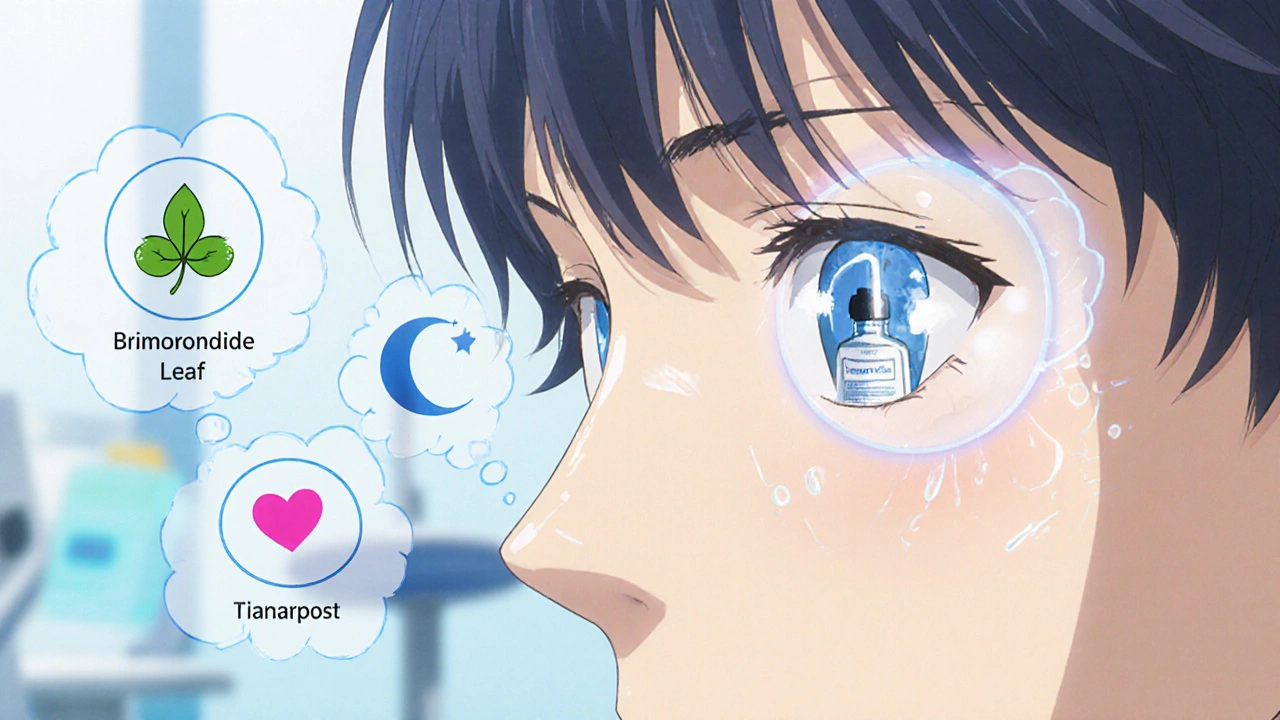Glaucoma Treatment Options: What Works, What to Avoid, and How to Choose
When you’re diagnosed with glaucoma, a group of eye conditions that damage the optic nerve, often due to high pressure inside the eye. Also known as the silent thief of sight, it doesn’t hurt at first—but it can steal your vision without warning. The good news? Most cases can be slowed or stopped if caught early. But not all treatments are the same. What works for one person might not work for another, and some options carry risks you need to know about.
At the core of every glaucoma treatment option, a medical or surgical approach designed to lower intraocular pressure and protect the optic nerve is controlling intraocular pressure, the fluid pressure inside the eye that, when too high, damages the optic nerve. Doctors start with eye drops—usually prostaglandin analogs or beta-blockers—because they’re non-invasive and effective for most people. But if drops don’t cut it, or if side effects like red eyes, burning, or low heart rate become too much, the next step is often laser therapy, a quick outpatient procedure that improves fluid drainage from the eye. Procedures like SLT (selective laser trabeculoplasty) can lower pressure for years without a scalpel. And if everything else fails, there’s surgery—tiny implants, drainage tubes, or minimally invasive glaucoma surgeries (MIGS)—each with different recovery times and success rates.
What’s missing from most conversations? The fact that glaucoma isn’t just about pressure. Genetics, blood flow to the optic nerve, and even your sleep position can play a role. That’s why some people need a combo of drops and laser, while others need surgery right away. There’s no one-size-fits-all fix. And while you’ll hear about supplements or herbal remedies online, none have solid proof they stop vision loss. Stick to what’s been tested in real patients, not anecdotal stories.
Below, you’ll find real-world comparisons and stories from people who’ve walked this path. Some switched meds after side effects ruined their mornings. Others avoided surgery for years with laser and drops. A few had to go all-in when their vision started fading. These aren’t theory pieces—they’re practical guides based on what actually happened. Whether you’re newly diagnosed or have been managing glaucoma for years, there’s something here that speaks to your situation.
Top Alternatives to Dorzolamide Eye Drops for Glaucoma Treatment
Explore effective alternatives to Dorzolamide eye drops, including brimonidine, timolol, latanoprost, and pilocarpine, with tips on choosing the right option and a handy comparison table.

